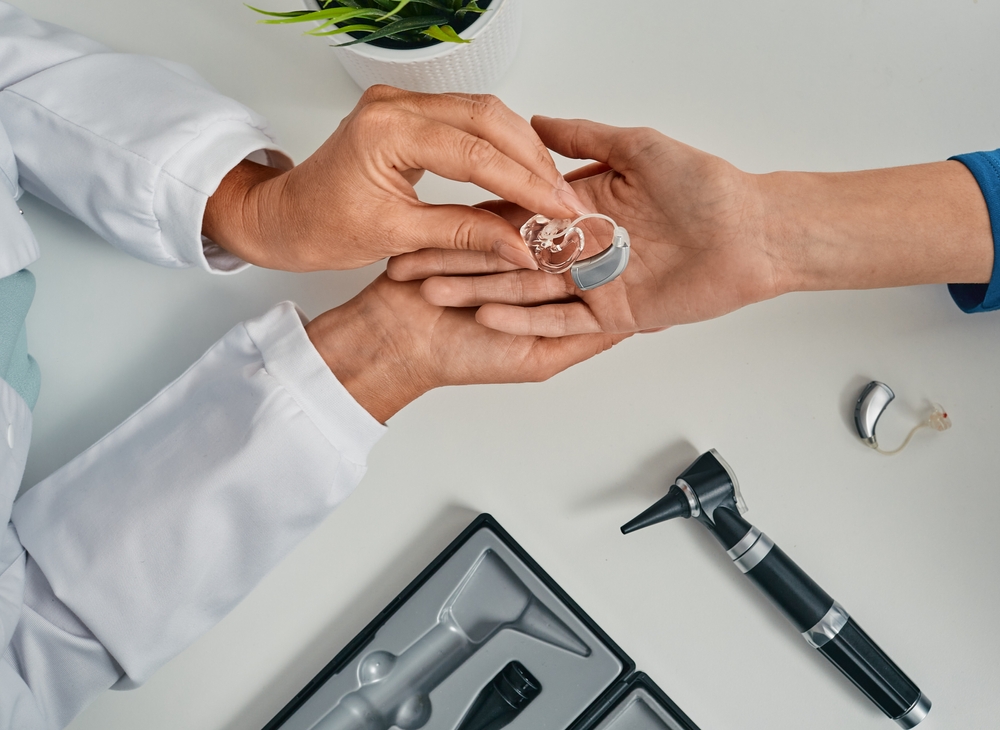
Hearing aids are vital for strengthening day-to-day communication by boosting the clarity of sound. For ideal performance, it’s essential to schedule periodic upkeep and routine professional cleaning sessions. With time, earwax, moisture, and debris can accumulate, leading to decreased performance. Recognizing when to seek professional cleaning can help extend the lifespan of your hearing aids and maintain optimal performance.
The significance of professional hearing aid cleaning
In spite of regular maintenance at home, hearing aids can slowly collect debris that could impact how well they work and the quality of sound they produce. Routine servicing provides a number of advantages:
- Deep Cleaning– Removes earwax, filth, and moisture that day-to-day cleaning tools might not effectively eliminate.
- Enhanced Performance– Removes blockages that can cause dampened sound or distortion.
- Increased Longevity – Helps to avoid early degeneration, thereby reducing the need for repairs or replacements.
Routine skilled cleanings keep your hearing aids functioning effectively, decreasing the chance of unforeseen malfunctions.
Indications your hearing aids require professional servicing
If you’re uncertain whether it’s time for a professional cleaning, look for these common warning signs:
- Unclear or Garbled Audio: If voices and background noises seem faint, muted, or altered, the issue might be caused by blockages, including earwax or debris, impeding the device’s microphone or speaker.
- Constant Feedback or Squealing: A squeaky noise at a high frequency (feedback) could indicate a blockage from earwax or an ill-fitting device. Professional cleaning can assist in removing obstructions and adjusting the fit accurately.
- Troubleshooting Volume Problems: When volume changes fail to yield the anticipated result, it may be necessary to carry out maintenance on internal parts or recalibrate the system’s software configurations.
- High humidity can affect the device’s internal components, causing sporadic audio interruptions or unreliable button control. A qualified expert can assess and resolve problems caused by moisture or water damage.
- Noticeable Wax or Dirt Build-up: If you notice a significant buildup of wax or debris on your hearing aids, professional cleaning ensures a more thorough removal than at-home care.
- Employ specialized instruments to meticulously remove wax, debris, and moisture from sensitive elements without doing damage.
- Inspect and repair components to verify all elements are functioning correctly.
- Check software and hardware for any performance issues affecting sound quality.
- Replace worn-out filters or tubing that may be limiting device performance.
- General maintenance should be conducted every 3 to 6 months.
- Regular cleanings are suggested for individuals who tend to produce a lot of earwax or reside in locations with high humidity, as these environments can exacerbate wax accumulation.
- Dealing with small issues promptly can help avoid expensive repairs down the road.
What does a professional hearing aid cleaning look like?
A complete cleaning service not only keeps your equipment in good working order but also assures peak performance and efficiency. During the appointment, specialists will:
How frequently should you schedule professional upkeep?
The regularity of professional cleanings depends on factors including earwax production, humidity levels, and usage practices. Frequently suggested best practices are:
Take care of your hearing aids for ideal performance
Regular professional upkeep is essential for preserving your hearing aids and ensuring clear, high-quality sound.
If distorted sound, echoing, or technical problems are disrupting your experience, it’s likely that a thorough, expert cleaning is in order.
Book an appointment for your hearing aid cleaning and maintenance now.

